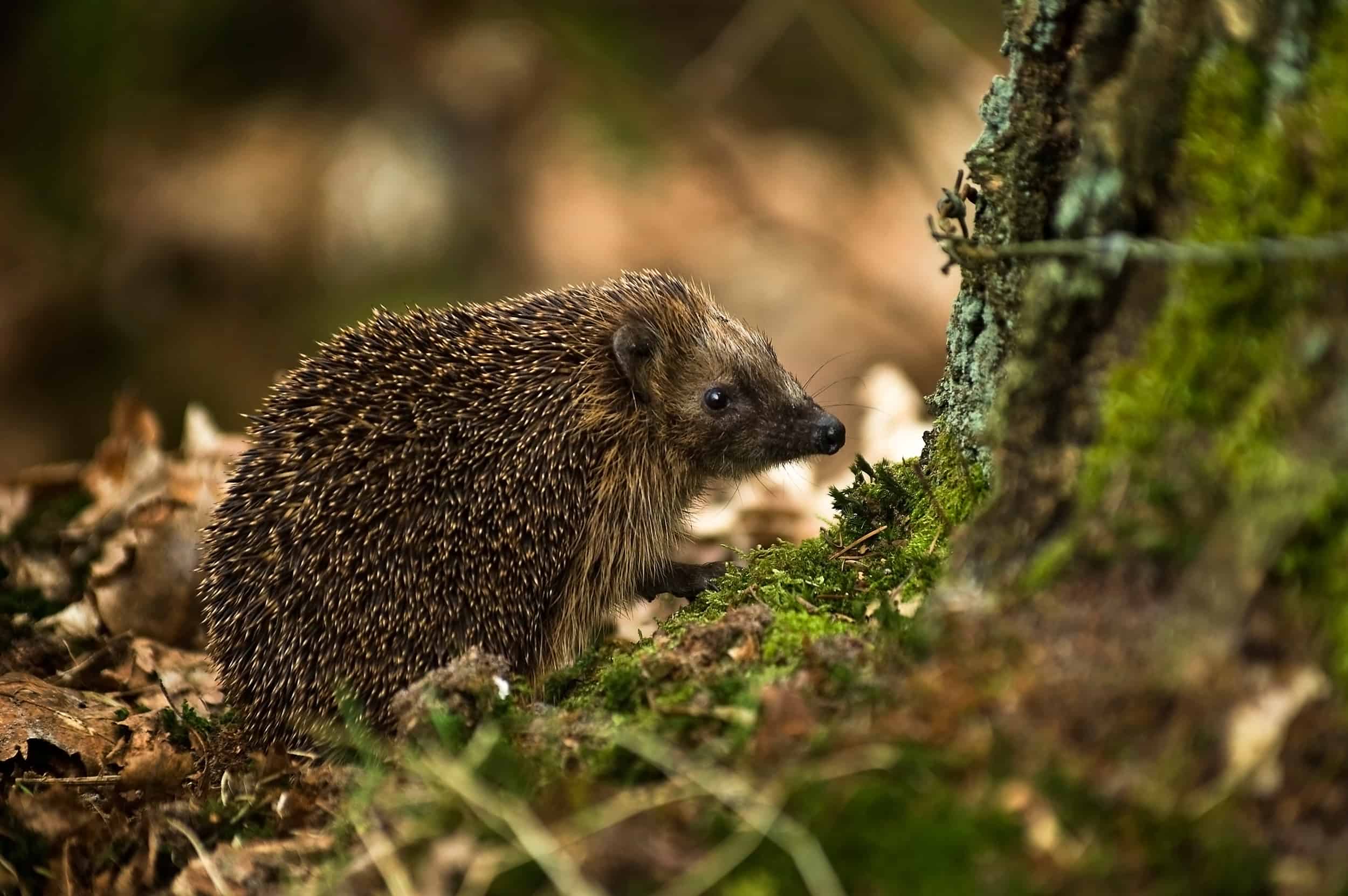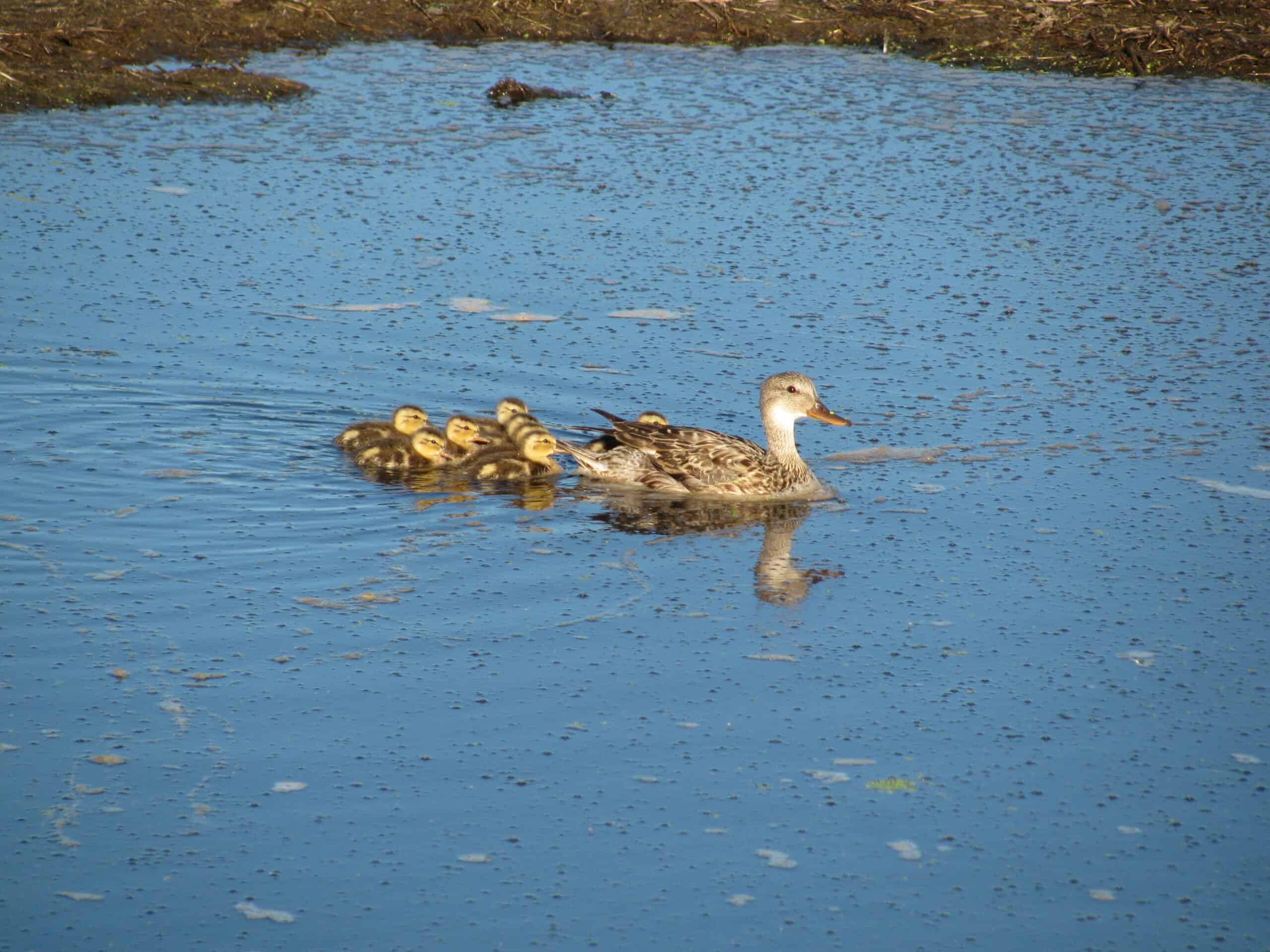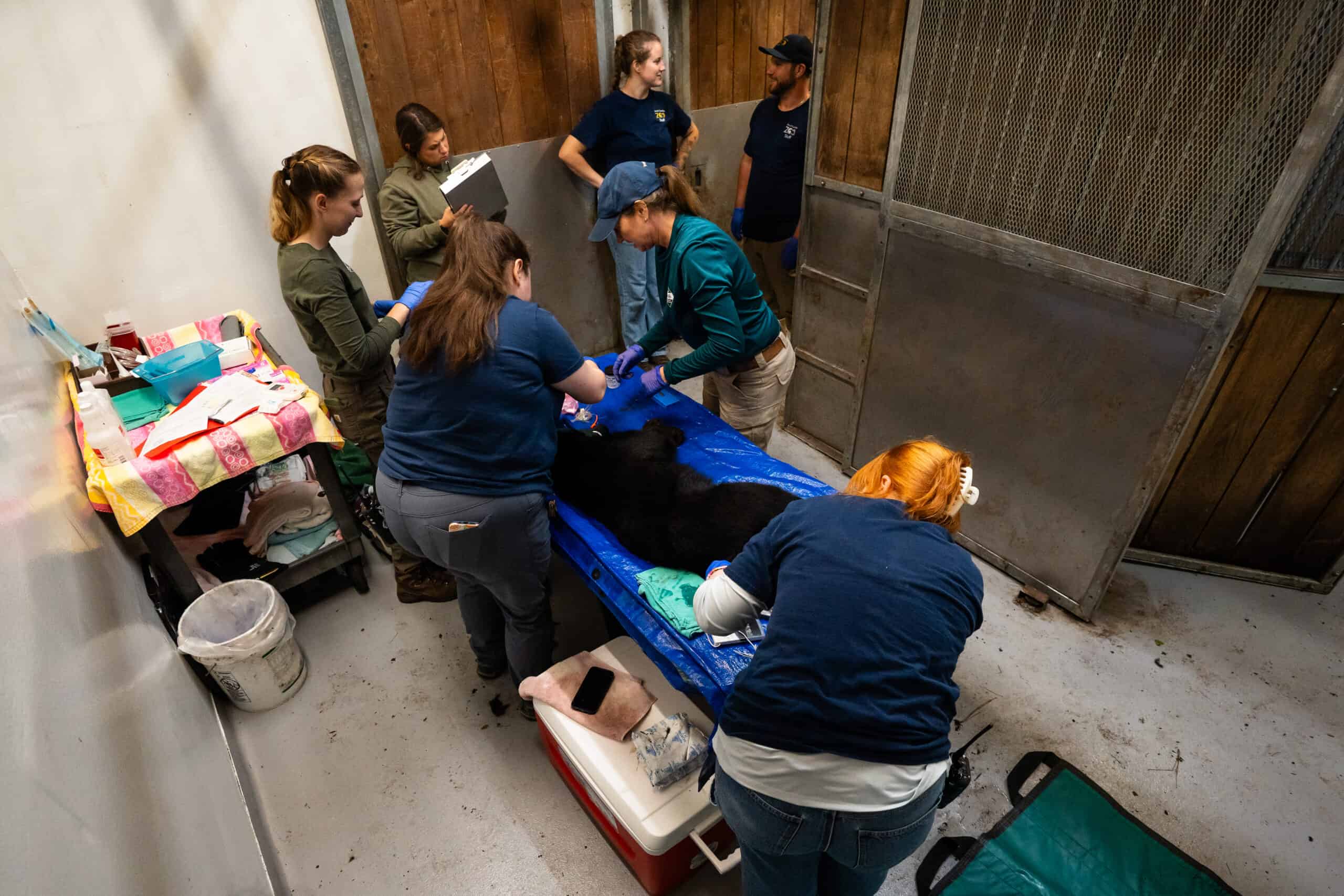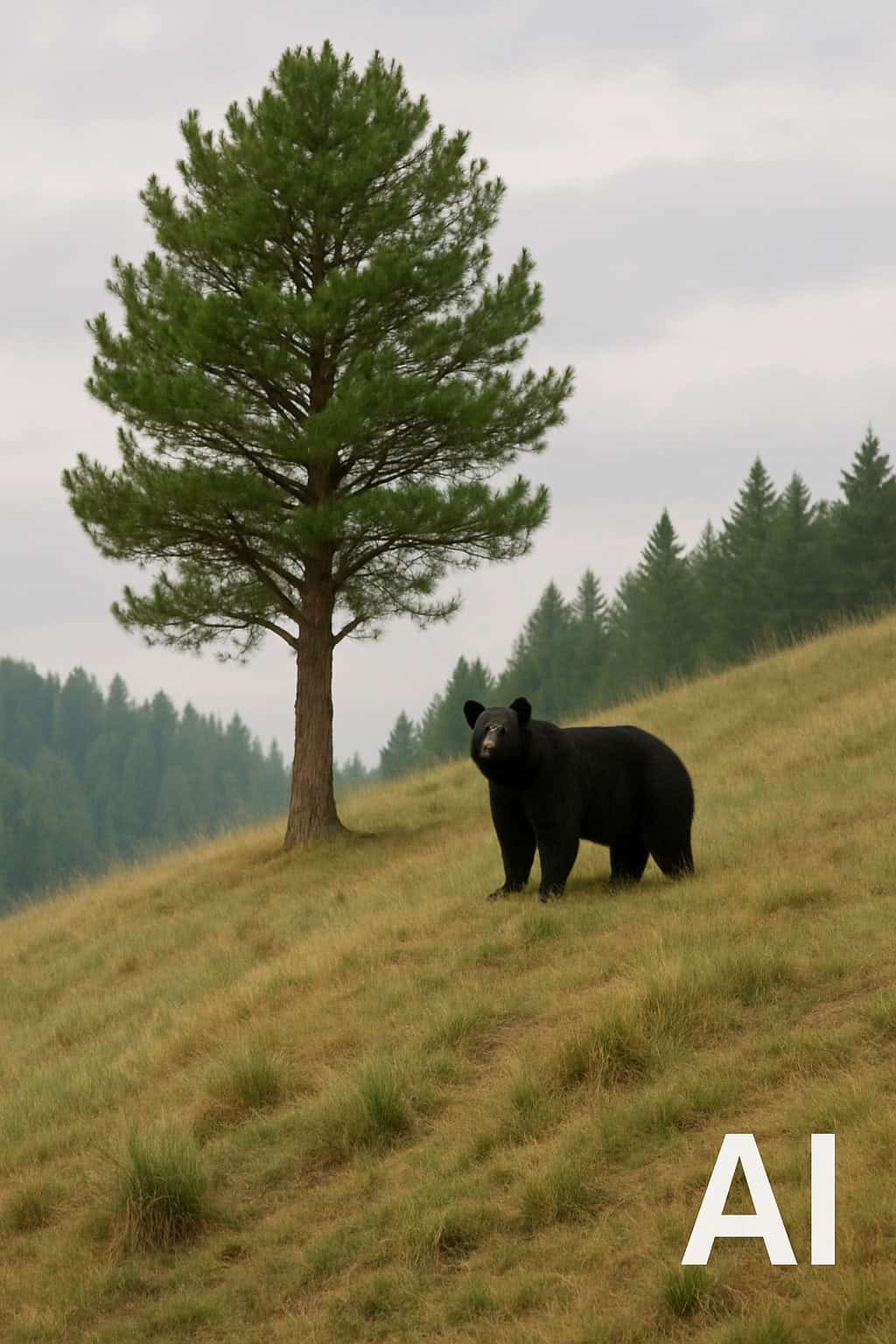Share this article
Air samples offer a snapshot of biodiversity on the ground
Could air quality monitors in place around the world provide a global check-up?
Biologists found they could probe the biodiversity of a London city park using nothing but air samples. Making use of air quality monitors originally deployed to look for pollution and dust, researchers were able to find traces of 180 different animals and plant species—birds and bees, flowers and trees, deer, dormice and newts—at two sites. With thousands of similar monitors already in place around the world, researchers believe they are inadvertently gathering a trove of information that could offer scientists an unprecedented opportunity to monitor global diversity.
In a study published Monday in the journal Current Biology, researchers described collecting environmental DNA—or eDNA—from filters used in air quality monitoring stations. They identified 34 bird species, and 24 mammal species, as well as insects, trees, wildflowers, ornamental plants, grasses and fungi. These included species of interest like little owls (Athene noctua) and hedgehogs (Erinaceus europaeus).
But for the researchers, the ramifications extend beyond a London park. Air quality monitoring stations are in place around the world, from urban centers to national parks, offering the possibility of genetic snapshots of biodiversity wherever they’re located.
“The scale is the thing that gets us excited,” said Elizabeth Clare, a professor at York University in Toronto and an author of the study. “There are thousands of sites around the world collecting almost identical material, and they’re doing it daily sometimes.”
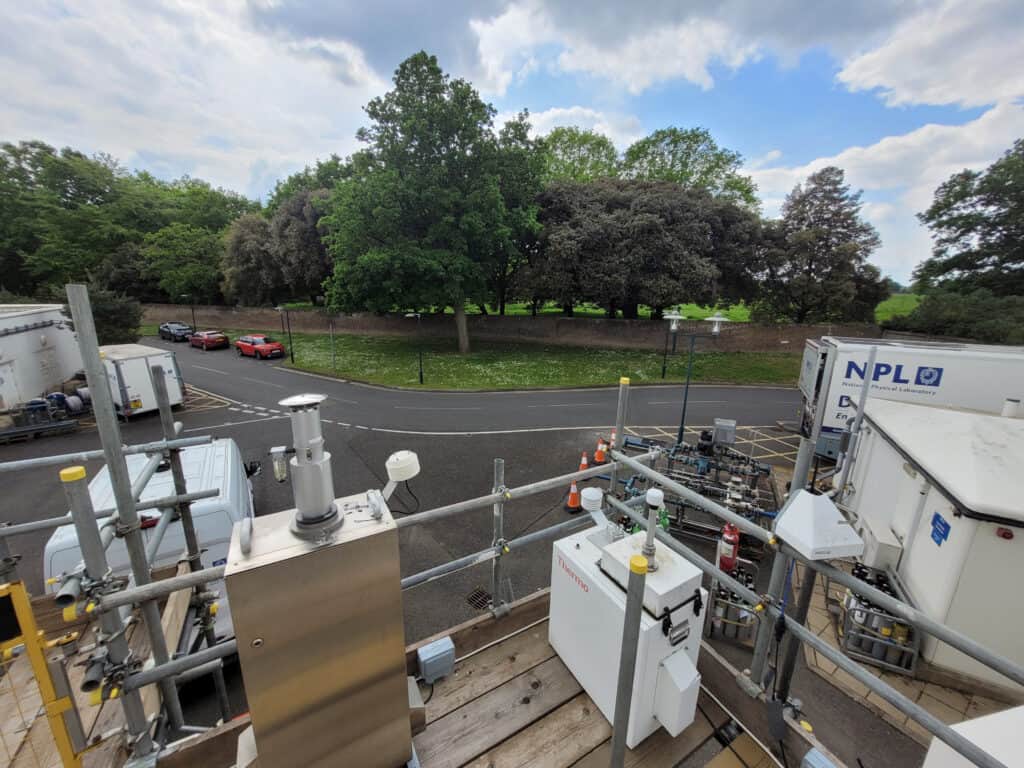
In some cases, samples date back to the 1960s, offering the possibility of long-term comparisons, if the DNA remains intact. They may even help researchers monitor when plants bloom and migrating birds appear—an important question as climate change threatens to throw the timing of ecological systems out of whack.
“Being able to look at so many taxonomic groups at the same time, that’s what’s exciting,” said co-author Joanne Littlefair, a lecturer at Queen Mary University in London. “I think there are a lot of ways that knowledge could be translated.”
Using air quality monitors to gather eDNA was a bit of an accident. Gathering eDNA from water samples is increasingly common, but looking for it in the air is a rarity. Clare and Littlefair had collaborated on an earlier effort sampling airborne DNA at a zoo, which succeeded in finding not only zoo animals but the chickens and cows they were fed.
Unknown to them, researchers at the University of Copenhagen were involved in a similar study. The two teams coordinated to release their findings together—a collaboration that attracted media attention (including from TWS).
It also caught the eye of James Allerton, an air quality specialist at the National Physical Laboratory, the U.K.’s measurement institute. Allerton was scrolling through social media when he spotted a story about it from England’s National History Museum.
It may have been the first time he’d ever heard of eDNA, Allerton said, but if it was in the air, he knew his organization was probably collecting it. As part of a contract with the U.K.’s Environment Agency, the NPL operates some of the agency’s 150 stations deployed throughout the country collecting air samples to look for heavy metals and other pollutants. The NPL’s samples remain stored for a year. He realized those were exactly the sort of samples Clare and Littlefair were analyzing.
“I thought we should make contact,” Allerton said.
Allerton and his colleague Andrew Brown ended up sharing filters, from which Littlefair found she was able to amplify DNA. The team collaborated to set up an air quality station outside an urban park in London. They collected samples for an hour, a day and a week and compared them with eight-month-old samples from a public station in Scotland.
“We were just really surprised and excited about the quantity and breadth of the DNA we could recover from two locations,” Littlefair said.
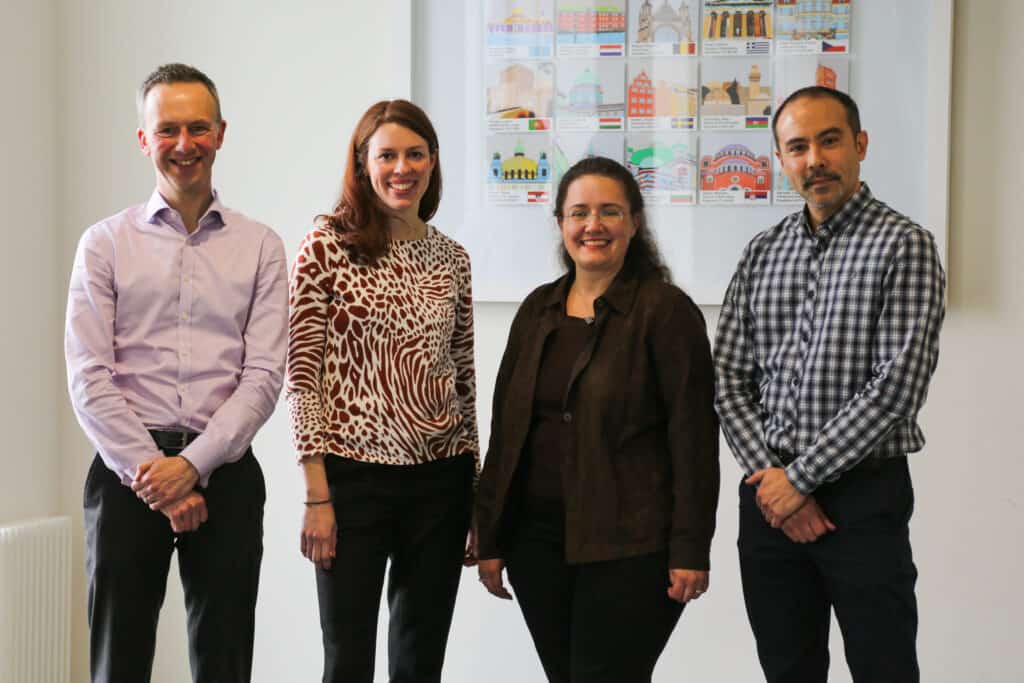
Then researchers became excited about all the DNA scientists could possibly gather from similar stations around the world. In just the U.S., some 3,000 stations gather air quality published by the Environmental Protection Agency, Clare said, but countries across the globe have similar monitors, in both public and private hands.
“As a byproduct of their collection, we’re collecting some of the most incredible biodiversity data we’ve ever seen,” she said.
Stations like this may not answer the question of whether or not a rare species survives in a far-flung corner of the jungle, but they could help stitch together a picture of global diversity to advance conservation efforts.
“There is so much emphasis now on the international level on trying to find ways of doing this,” Clare said. “I think the time is right.”
Header Image: While hedgehogs keep close to the ground, their DNA can be found in air samples. Credit: Hrald



